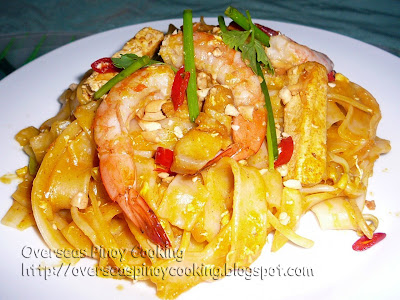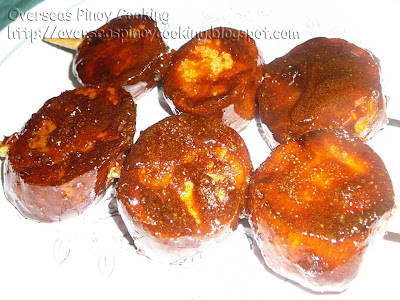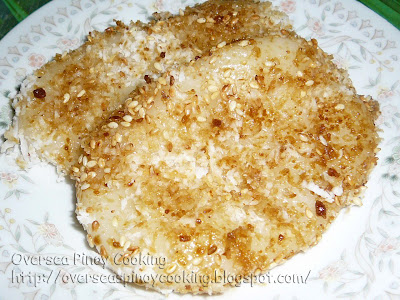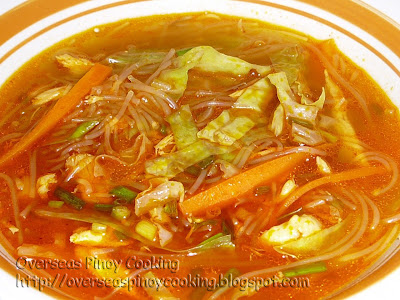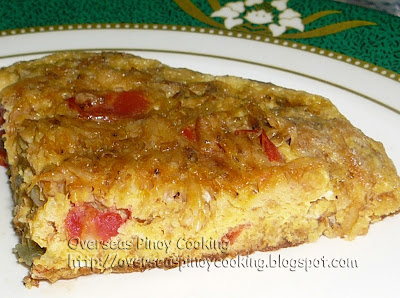Pichi Pichi

Pichi Pichi is another popular Pinoy delicacy, specifically in Metro Manila and the Tagalog region. The traditional pichi pichi is made up of steamed grated cassava and flavored with pandan with grated coconut topping. At present other flavoring and colors of pichi pichi are now available. These are usually sold at kakainin stalls packed in assorted flavors and colors. There are even versions with cheese toppings. The ingredients are simple all that is needed is a couple of cassava root, sugar and some flavoring. Traditionally lihiya or lye water is used to make the pichi pichi chewy but be warned that this is actually a chemical it also gives an awful taste, especially when used more than what is recommended. Lye water is sold at wet market condiments stalls but this can be omitted if not available at your location. Some recipe requires that the grated cassava be squished out of its juice. There are cassava varieties that are poisonous when not prepared and cooked properly. C...
